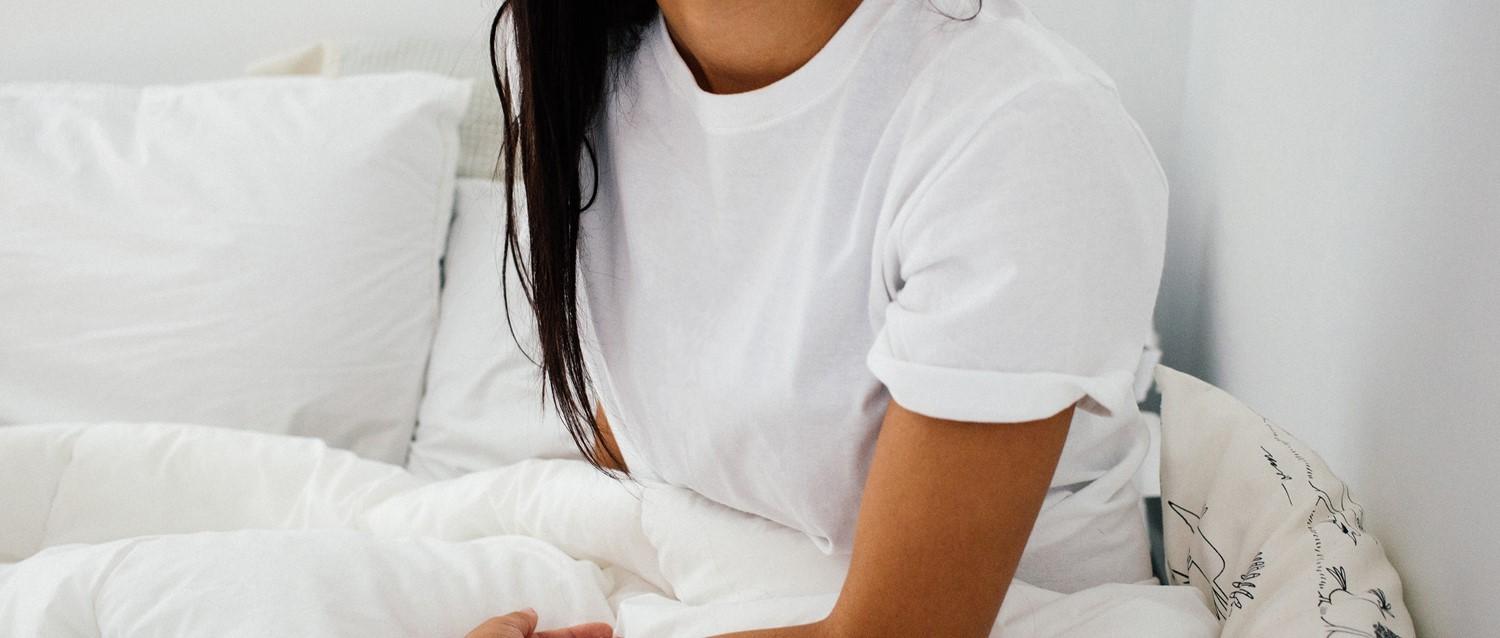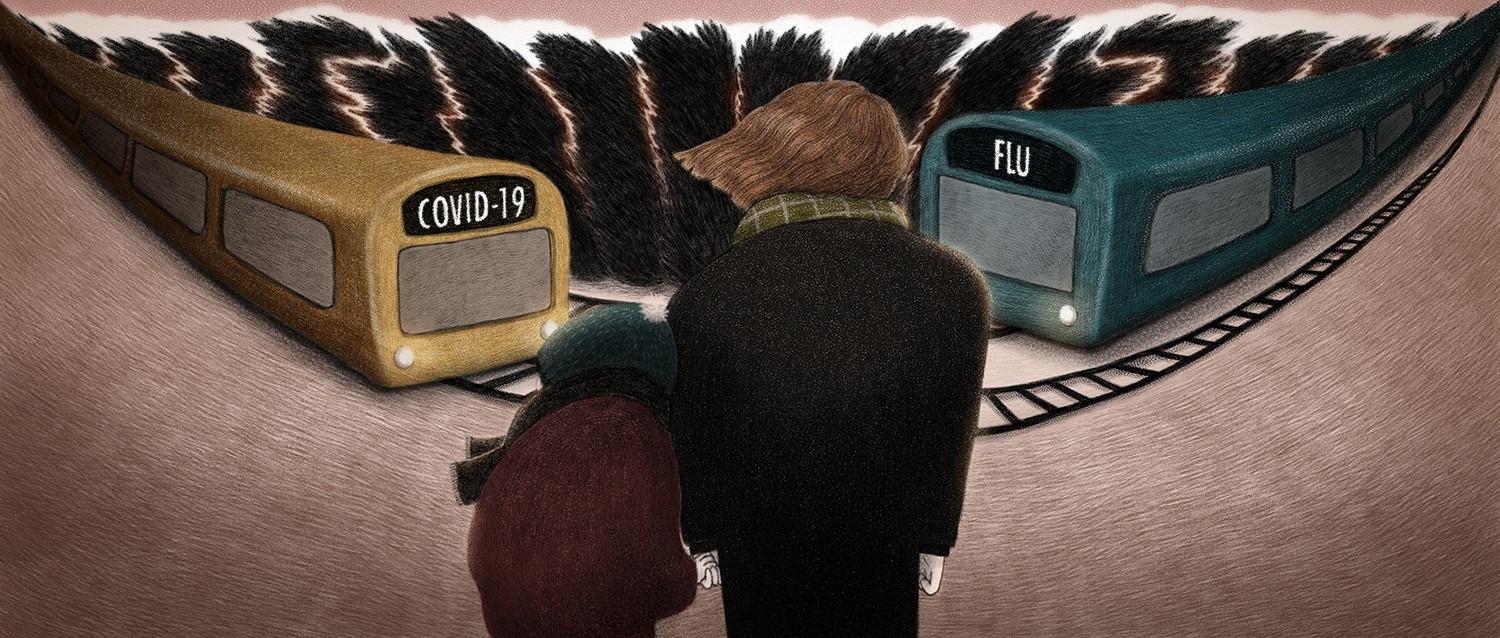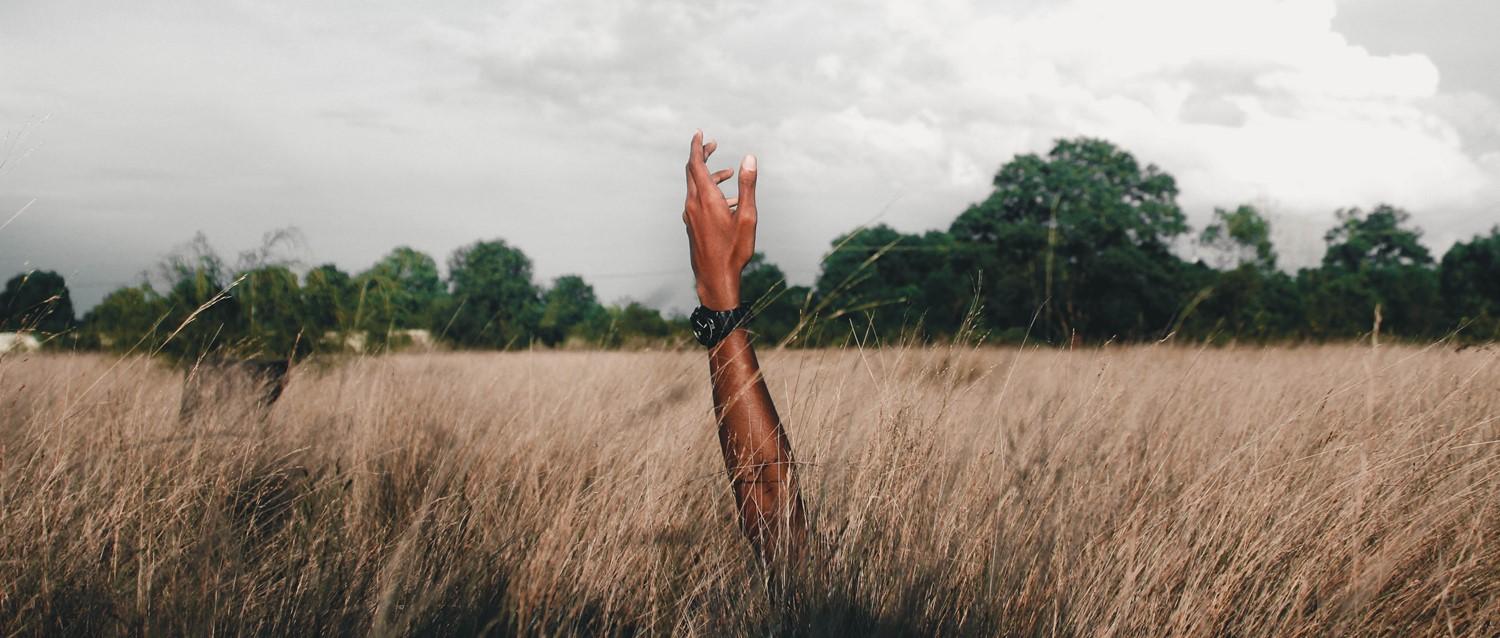
COVID-19 coronavirus: do I need to self-isolate?
Peer reviewed by Dr Sarah Jarvis MBE, FRCGPLast updated by Milly EvansLast updated 17 Feb 2020
Meets Patient’s editorial guidelines
- DownloadDownload
- Share
- Language
- Discussion
We're learning more about the new coronavirus (SARS-CoV-2) every day. So what do we know about how it's being spread, and what steps can you take to protect yourself?
In this article:
This feature is now out of date. You can find our latest features and advice on coronavirus and COVID-19 in our coronavirus hub.
You should use the NHS 111 self-check tool to see what action you need to take if:
You have any symptoms of fever, cough or shortness of breath.
You’ve been in close contact with someone with a confirmed case of coronavirus.
You’ve returned from the following places, even if you do not have symptoms:
Anywhere in Italy on or after the 9th March.
Specific areas in Northern Italy in the last 14 days
Iran in the last 14 days.
Hubei province in China in the last 14 days.
Daegu, Cheongdo or Gyeongsan in South Korea in the last 14 days.
You’ve returned from the following places in the last 14 days and have fever, cough or shortness of breath, no matter how mild:
Italy (outside specific areas in Northern Italy) before 9thMarch
Mainland China outside of Hubei Province
South Korea outside of Daegu, Cheongdo and Gyeongsan
Cambodia
Hong Kong
Japan
Laos
Macau
Malaysia
Myanmar
Singapore
Taiwan
Thailand
Vietnam
Until you have used the tool and been advised what action to take, please stay at home and avoid contact with other people.
The new coronavirus, SARS-CoV-2, is responsible for a new respiratory disease, Covid-19. As of 14th February, there have been more than 70,000 cases, including 51,857 laboratory confirmed cases. There have been 1,770 deaths, including three outside of China. In the UK, nine cases have been confirmed.
So, do we all need to start wearing surgical masks and carrying hand sanitiser? We take a look at how SARS-CoV-2 spreads and what you can do to protect yourself.
Continue reading below
Are the symptoms of Covid-19 different from colds or flu?
Doctors have now had a chance to study a large number of infected people to find out which symptoms are most common in SARS-CoV-2 infection and how you might tell them apart from other viruses that affect the airways, including colds and flu.
What this study tells us is that:
If you don't have a fever, you're unlikely to be infected (although a small number of people can be infected, and pass the virus on, without any noticeable symptoms).
Runny nose and sneezing are not typical features of SARS-CoV-2 infection.
The proportion of infected people with the following symptoms of SARS-CoV-2 infection is:
Fever - 98%.
Cough - 76%.
Shortness of breath - 55%.
Muscle ache or tiredness - 44%.
Coughing up sputum - 28%.
Headache - 8%.
Coughing up blood - 5%.
How does it spread?
We're not exactly sure how SARS-CoV-2 is spread; as the virus only appeared in December, there isn't enough evidence to explain exactly how it's transmitted. But this new virus is part of the coronavirus family which includes the common cold and SARS. So we can take what we know about those viruses and apply it to the new virus where relevant.
Similar viruses are spread by cough and sneeze droplets. The fact that some people have caught coronavirus from someone who had no symptoms suggests breathing in someone's cough or sneeze droplets directly isn't the only way to catch the virus.
That leaves the theory that the virus can be picked up from surfaces where it's landed. We're also not sure how long the virus survives outside the body. Most of the time, the amount of infectious virus on any contaminated surface will significantly reduce within a day, and even more within two days.
However, this depends on various factors such as the type of surface, exposure to sunlight, temperature and humidity and exposure to cleaning products. There's no doubt that regular hand washing is one of the best ways to protect yourself against a host of infections, including coronavirus.
There's no evidence that the virus is being passed on from post or packages from China.
How can I reduce my risk of catching the virus?
Sales of medical face masks are going into overdrive. One French supplier, Kolmi Hopen, had half a billion masks ordered within the first week of February - they usually make around 170 million masks in a whole year.
But these masks are actually not very effective in preventing this virus. They are useful in clinical settings like hospitals but there isn't evidence that they are beneficial for widespread disease prevention. This is because the masks have to be worn correctly, changed frequently, removed correctly and disposed of safely to be effective.
So what can you do to reduce your risk of Covid-19?
Carry tissues at all times and use them to cover your mouth and nose when you sneeze. Bin the tissue (preferably in a bin with a lid) and wash your hands or use hand sanitiser. If a tissue isn't available, cough or sneeze into your elbow rather than your hands.
Wash your hands frequently and properly. This means using the World Health Organization recommended handwashing method, hot water and soap. If you can't wash your hands, use a hand sanitiser and wash your hands at the earliest opportunity.
Avoid touching your face, especially your mouth, eyes and nose, with hands that haven't been washed.
Avoid contact with people who are unwell.
Continue reading below
When should you isolate yourself?
If you suspect that you have Covid-19, you should not attend your GP or a hospital. You should stay indoors and call 111 or the relevant number if:
You've been to mainland China, Thailand, Japan, Republic of Korea, Hong Kong, Taiwan, Singapore, Malaysia or Macau and have symptoms of cough or fever or shortness of breath within two weeks of returning; or
You have been in contact with someone with a confirmed case of coronavirus, even if you feel entirely well.
In England and Wales, call 111. In Scotland, ring your GP during opening hours and 111 (NHS24) out of hours. In Northern Ireland, ring the coronavirus 24/7 helpline on 0300 200 7885. Follow the advice provided.
When you ring the relevant number, inform them of your recent travel or contact with a confirmed case and any symptoms.
In some case, this can progress to serious illness including pneumonia and severe breathing problems.
If you do need to attend hospital, follow all advice given to you by 111 or your relevant number and do not use public transport to get there.
NHS hospitals have been ordered to set up isolation 'pods' for those with suspected coronavirus to keep them away from other patients. If a clinician suspects coronavirus, they will organise for nose, throat and deeper respiratory samples to be tested at one of the twelve laboratories with access to the test in the UK. You will be treated in isolation and those treating you will wear protective gear to prevent them catching the virus.
There is no treatment for SARS-CoV-2 but symptoms can often be managed. Many patients worldwide have been able to clear the virus and be discharged.
What is contact-tracing?
Each person with a confirmed case of coronavirus in the UK is being questioned in detail about their contact with other people and recent movements (such as transport or places they've visited). This is called contact-tracing. It's used by clinicians to establish possible further transmission of disease.
Those who have been in touch with a carrier of the virus are being contacted and some are being considered for self-isolation. This means that they will be asked to isolate themselves at home until it is clear that they aren't going to get ill, which may take up to two weeks.
Contact with a carrier is described as physical contact or spending fifteen minutes within 6ft of them. For existing cases, this has so far included bar staff, people sitting nearby on a plane and a handful of GP practice patients.
If you are asked to self-isolate, you should remain at home and not go to work, school or public areas for 14 days. This means not leaving your house, including to go to the shops to get food or taking children to school. Where possible, have friends, family members or delivery services carry out errands for you. Limit all contact with other people for two weeks, as this is the incubation period for the virus.
Patient picks for General information

COVID-19
What happens if you catch flu and COVID-19 at the same time?
Thousands of people across the UK are living with tougher COVID-19 restrictions in a bid to curb infection rates ahead of winter. But each year winter also means a spike in flu cases, so what happens if you catch the flu and COVID-19 at the same time?
by Andrea Downey

COVID-19
Why are Black and Asian people at greater risk from COVID-19?
A new national review found that Black and Asian people are more likely than white people to die from COVID-19. To save lives, doctors and patients need specific advice to understand how and why the virus is impacting people of different ethnicities in different ways.
by Ellie Broughton
Continue reading below
Article history
The information on this page is peer reviewed by qualified clinicians.
17 Feb 2020 | Latest version

Ask, share, connect.
Browse discussions, ask questions, and share experiences across hundreds of health topics.

Feeling unwell?
Assess your symptoms online for free
Sign up to the Patient newsletter
Your weekly dose of clear, trustworthy health advice - written to help you feel informed, confident and in control.
By subscribing you accept our Privacy Policy. You can unsubscribe at any time. We never sell your data.